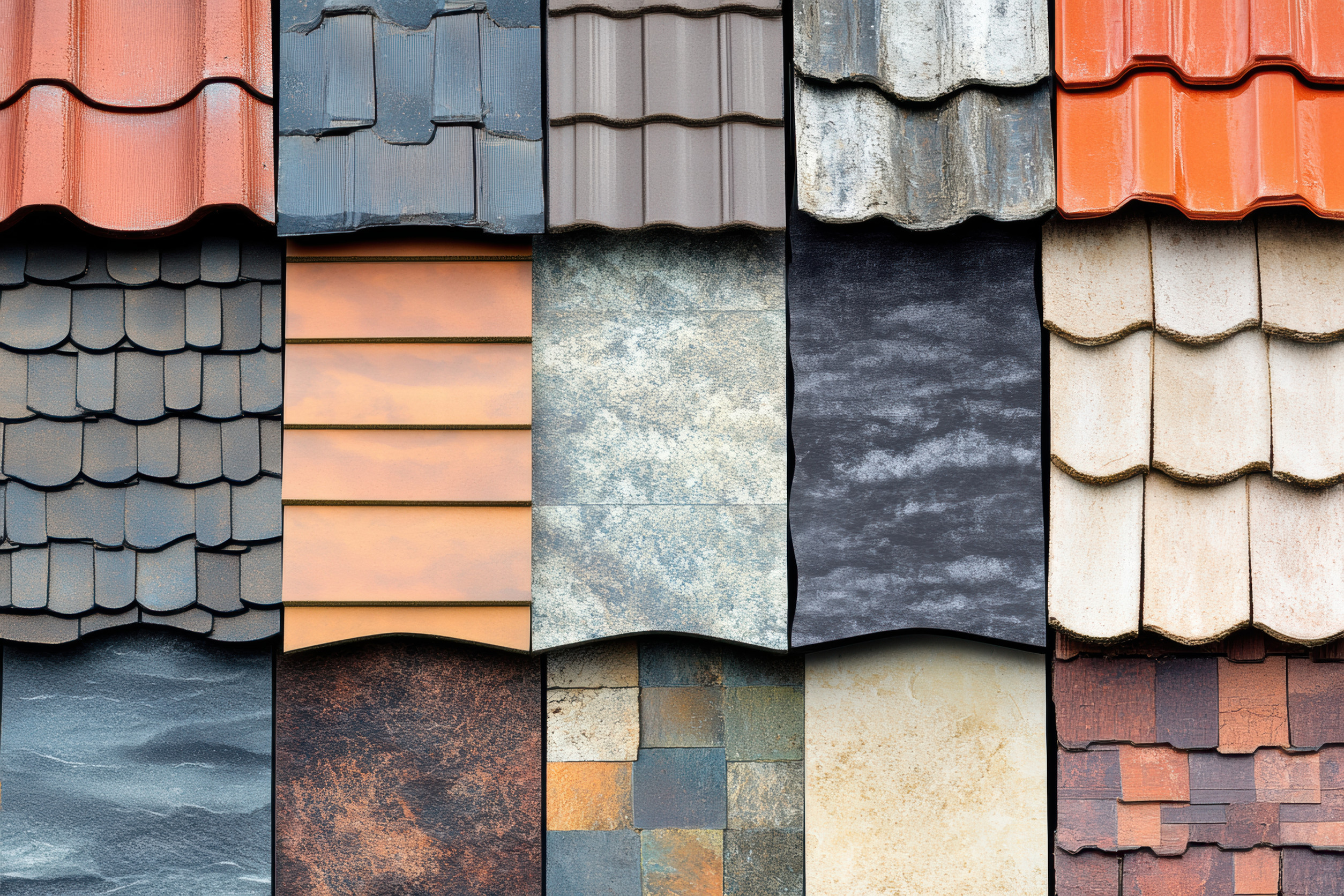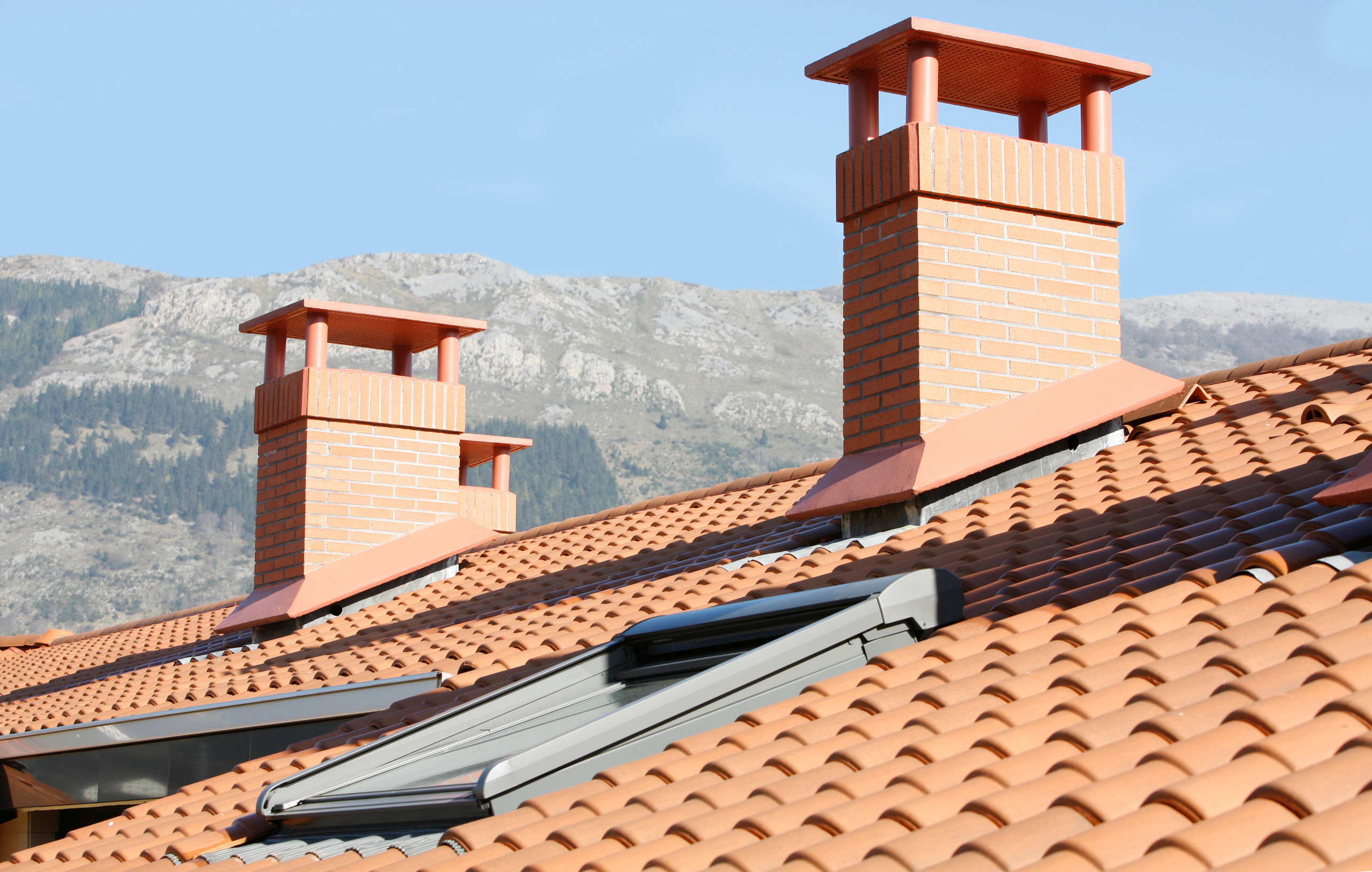How to Clean and Maintain Your Gutters
When it comes to protecting your home from water damage, your gutters play a critical role. They channel rainwater away from your roof, siding, and foundation, preventing leaks, erosion, and costly structural issues. However, like every other part of your roofing system, gutters require regular cleaning and maintenance to keep them working properly.
If you neglect them, you could end up with overflowing water, foundation damage, or even roof rot. That’s why understanding how to clean and maintain your gutters is key to keeping your home safe and dry — especially in East Tennessee’s unpredictable weather.
At RC Roofing, we help homeowners protect their investment with comprehensive roofing and gutter services. In this guide, we’ll explain how to clean your gutters the right way, how often to do it, and why maintenance is just as important as roof care.
Why Gutter Maintenance Matters
Gutters aren’t just decorative trim along your roofline — they’re a crucial component of your home’s drainage system. When functioning properly, they divert water away from your home, preventing:
- Roof leaks and rot caused by pooling water near shingles.
- Basement flooding from improper water drainage.
- Foundation cracks due to long-term soil saturation.
- Mold and mildew growth in walls and soffits.
- Landscape erosion around your property.
Over time, leaves, dirt, and debris can clog your gutters, leading to overflow during storms. If water backs up under your roofline, it can cause serious structural damage. Routine maintenance can save you thousands in repairs and extend the lifespan of your entire roofing system.
How Often Should You Clean Your Gutters?
In most cases, homeowners should clean their gutters at least twice a year — once in the spring and again in the fall. However, you may need to do it more frequently if your home is surrounded by trees or if you experience frequent storms.
After severe weather events, it’s also smart to inspect your gutters for loose hangers, cracks, or sagging sections. RC Roofing recommends scheduling professional roof inspections alongside your gutter maintenance. This ensures that your entire roof drainage system — from shingles to downspouts — is working together effectively.
You can learn more about the value of regular inspections in our article, “How Often Should You Inspect Your Roof?”
Step-by-Step Guide to Cleaning Gutters
Cleaning your gutters can be a DIY task, but it must be done safely and thoroughly. Here’s a breakdown of the process:
1. Gather Your Tools
You’ll need a sturdy ladder, work gloves, a trowel or gutter scoop, a bucket or tarp for debris, and a garden hose.
2. Clear Out Debris
Start at the downspout and work your way around. Remove leaves, twigs, and mud by hand or with a scoop. Be cautious not to push debris into the downspouts.
3. Flush the Gutters
Use your hose to flush out the gutters and check for proper water flow. Watch for leaks or slow drainage — signs of a clog or misalignment.
4. Check for Damage
Look for cracks, holes, or rust spots in your gutters. If water is leaking through seams or joints, seal them with gutter caulk.
5. Inspect the Downspouts
Clogged downspouts can render clean gutters useless. Spray water down the spout to check for blockages. If water doesn’t flow freely, use a plumber’s snake or pressure washer to clear it.
6. Test the System
After cleaning and repairs, flush the entire system again. Water should flow smoothly from your gutters through the downspouts and away from your foundation.
Professional vs. DIY Gutter Cleaning
While DIY cleaning can save money in the short term, professional service ensures the job is done safely and thoroughly. Climbing ladders and walking on roofs can be dangerous without proper training and equipment.
At RC Roofing, our team inspects your roof and gutter system as a whole, identifying any underlying issues like leaks, misaligned gutters, or damaged shingles. This proactive approach can help you avoid unexpected repairs and maintain your home’s value.
If you’re managing a business property, our commercial roofing services also include drainage system evaluations to ensure water doesn’t compromise your building’s integrity.
Signs Your Gutters Need Immediate Attention
If you notice any of these warning signs, your gutters likely need cleaning or repair:
- Water overflowing during rainstorms.
- Sagging or detached gutter sections.
- Peeling paint or rust streaks along the gutters.
- Water pooling near your foundation.
- Mold or mildew growth on exterior walls.
- Stains or rot near roof edges or soffits.
These issues may indicate clogs, poor installation, or even roof damage. The longer you wait to address them, the more costly repairs can become.
The Connection Between Gutters and Roof Health
Your gutters and roof work hand in hand. When gutters become clogged, water backs up under shingles, causing rot and mold growth. This can lead to premature roof failure.
For instance, if your roof is made from asphalt shingles, standing water can degrade the protective granules that shield against UV damage. Metal roofs can also suffer from corrosion if gutters trap moisture.
Choosing the right roofing materials and keeping your gutters clear ensures your roof performs at its best year-round.
How to Maintain Gutters Year-Round
Proper maintenance doesn’t stop after cleaning. Here are a few additional ways to extend the life of your gutter system:
1. Install Gutter Guards
Gutter guards help block leaves and debris while still allowing water to flow through. They reduce maintenance frequency and prevent large blockages.
2. Secure Loose Gutters
Check brackets and hangers for looseness. Tighten or replace any that have pulled away from the fascia.
3. Re-Seal Seams
Inspect seams for leaks each year. Apply gutter sealant where needed to prevent dripping and rust formation.
4. Adjust Downspouts
Ensure downspouts direct water at least 5 feet away from your home. Add extensions if needed to keep moisture away from your foundation.
5. Trim Nearby Trees
Branches that hang over your roof can deposit leaves and twigs directly into your gutters. Keep them trimmed back to reduce buildup.
For additional tips on protecting your roof and drainage system, visit our blog for more expert advice.
Common Gutter Problems and How to Fix Them
Just like roofs, gutters can suffer from wear and damage over time. Here are a few of the most common issues homeowners encounter:
- Clogs: The most frequent problem, usually caused by leaves or dirt buildup. Regular cleaning or gutter guards can prevent this.
- Sagging: Overloaded gutters can pull away from your home. Reinforce with stronger hangers or add more brackets.
- Leaks: Caused by rust or failed sealant. Apply new caulk or replace damaged sections.
- Improper Slope: Gutters need a slight downward angle to allow drainage. If water pools, rehang or adjust the slope.
- Loose Downspouts: Reattach with brackets or straps to maintain proper drainage flow.
If these issues persist, schedule a professional inspection through RC Roofing to identify whether the problem extends to your roofing system.
The Benefits of Regular Gutter Cleaning
Routine gutter cleaning and maintenance offer several long-term advantages:
- Prevents costly roof repairs by ensuring proper water flow.
- Protects your foundation from cracking or settling.
- Prevents mold growth and structural damage.
- Preserves your landscaping by reducing runoff erosion.
- Extends the life of your roofing system and siding.
Neglecting your gutters can lead to expensive roof replacements or home repairs that could have been easily avoided.
If you’re considering a new roof or replacement, our detailed guide, “How Long Does a Roof Replacement Take?” can help you plan ahead.
Keep Your Home Protected with RC Roofing
Your roof and gutters work together to defend your home from the elements. By keeping your gutters clean and in good condition, you ensure that water flows exactly where it should — away from your home.
At RC Roofing, we provide comprehensive roofing and gutter solutions for homeowners throughout East Tennessee. Whether you need a professional cleaning, repair, or a full inspection, our team ensures your entire roofing system stays strong and efficient year-round.
Explore our gallery to see examples of our high-quality work, or visit our blog for more homeowner maintenance guides and roofing insights.
Frequently Asked Questions
1. How often should I clean my gutters?
You should clean your gutters at least twice a year — once in the spring and again in the fall. However, if you live in an area with heavy tree cover or frequent storms, cleaning them every three months is recommended to prevent clogging and overflow.
2. What happens if I don’t clean my gutters regularly?
Neglecting your gutters can lead to serious problems such as roof leaks, foundation cracks, mold growth, and water damage to your siding and fascia. Clogged gutters can also cause overflow that erodes your landscaping and shortens the life of your roof.
3. Can clogged gutters damage my roof?
Yes. When gutters become blocked, rainwater backs up and seeps under your roofing materials, causing rot, mold, and shingle damage. Regular cleaning helps prevent these issues and ensures your roof and drainage system work properly together.
4. Is it safe to clean gutters myself?
DIY gutter cleaning can be risky if you’re not comfortable using ladders or walking on roofs. It’s safer to hire professionals like RC Roofing, who have the proper equipment and training to perform gutter maintenance safely and efficiently.
5. How can I tell if my gutters are clogged?
Common signs include water spilling over the sides during rain, sagging gutters, peeling paint, or water pooling near your foundation. If you notice these symptoms, it’s time to schedule cleaning or inspection right away.
6. What tools are needed for gutter cleaning?
Basic tools include a sturdy ladder, gloves, a gutter scoop, a garden hose, and a bucket or tarp for debris. For tougher clogs, a plumber’s snake or power washer can help clear downspouts.
7. Are gutter guards worth installing?
Yes, gutter guards can significantly reduce debris buildup, meaning you won’t have to clean your gutters as often. While they don’t eliminate maintenance completely, they help keep leaves, twigs, and dirt out, improving your system’s overall efficiency.
8. How do gutters and roofs work together?
Gutters direct rainwater away from your roof and foundation, preventing damage to shingles and siding. A well-maintained gutter system ensures your roofing system performs efficiently, reducing the risk of leaks and structural deterioration. For more details on maintaining your roof, visit our article “How Often Should You Inspect Your Roof?”.
9. When should I replace my gutters instead of repairing them?
If your gutters have severe rust, cracks, or sagging that can’t be corrected with simple repairs, replacement may be the best option. RC Roofing can inspect your system and recommend whether repair or replacement is more cost-effective for your home.
10. Can RC Roofing handle both roof and gutter maintenance?
Absolutely. At RC Roofing, we provide comprehensive roof and gutter services, including cleaning, repairs, inspections, and installations. Our team ensures your entire drainage and roofing system works seamlessly to protect your home year-round.







